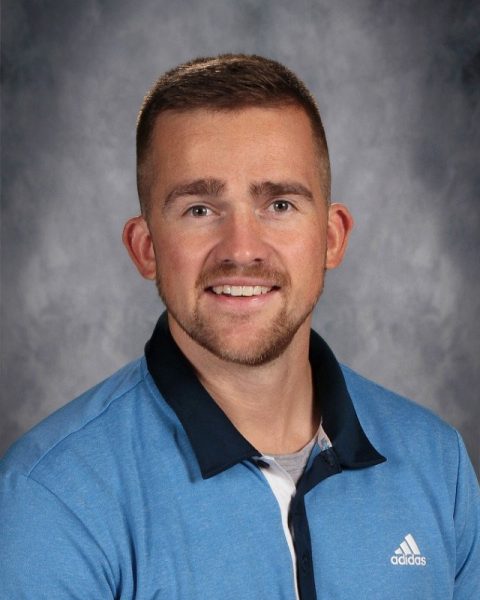The rewards and tumbles of a cheerleader
The varsity cheerleaders won state for the second time in a row on November 5th. However, the journey that allowed those cheerleaders to get to the point of winning state finals was difficult.
Most of the cheerleaders on the varsity team started off doing gymnastics, and then moved on to cheer. However, not all the cheerleader’s journeys are the same.
Junior Ailani Roach, a tumbler and back spot, did gymnastics for 12 years until she tore her ACL. After she recovered, she started school cheer. She’s known most of the team for four to five years and wants to cheer at Purdue University in the future.
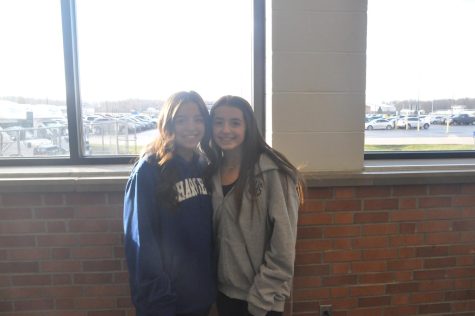
“I’ve heard about the team, and I know people who have been on the team, and I just like the campus,” said Roach.

Sophomore Sophie Wenz and senior Kathryn Wenz have been cheering since they were four through Indiana Ultimate, a part of All Star cheerleading, and moved to Fort Wayne last year. They tried out for the team and made it to varsity cheer.
Out of the 17 cheerleaders on the varsity cheer team, over half of them started out doing All Star Cheer, then either added or moved onto school cheerleading, including Adelyn Wirges and Olivia Powers, who is a flyer.
All Star is a team-based performance sport where athletics, acrobatics, and artistic qualities combine in a competitive 2 ½ minute routine that includes multiple moves such as tumbling, stunting and pyramids.
Sophomore Elyse Francher-Donald, a back spot, is one of the cheerleaders who goes to both All Star Cheer and school cheer. A typical day for her during competition season involves going to practice for competition cheer, going to sideline cheer practice, then practice at All Star for three hours. Once all of those were done, she’d get home around 10:30.
“It’s really tiring, and I’ll come home exhausted most of the time, but it’s really fun and I enjoy my time and the people I do it with,” said Francher-Donald.
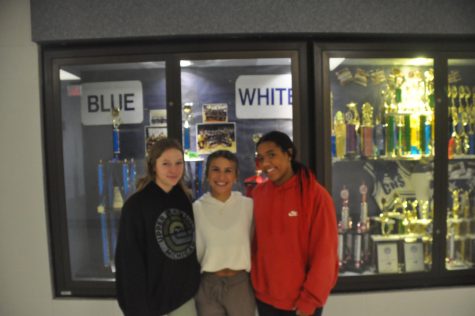
With how much energy stunts and routines take up, it’s no surprise that cheerleaders come home tired, with very little cool-down time to themselves.
Lauren Painter is a base, who also regularly balances multiple cheer teams at once. Her strategy for balancing cheer, school, and personal items is to leave Sunday to do things. It gives her a day to reset, get things done, and take a break from cheerleading.
Despite both All Star and school cheerleading using many similar difficult moves and taking up similar amounts of time in cheerleaders’ days, there’s multiple differences between them.
The cheerleaders at All Star use spring floors, which are floors that have springs under built-in mats. These allow gymnasts to jump, twirl, and perform stunts better. At Carroll, the spring floors are reserved for the gymnasts. This leaves the cheerleaders with the dead mats, which are foam mats without any sort of spring to them. Because of this difference, many stunts that the varsity cheerleaders performed in All Star are not allowed in school cheer.
For example, an Arabian, which involves multiple flips and various turns, is not allowed on dead mats.
“If you mess up on the dead mats with difficult moves, you could get a concussion,” said Painter. “There’s barely any padding.”
Another difference between All Star and school cheer is the levels of difficulty.

All Star cheer, which involves a great deal of physical fitness to perform, has various levels of difficulty and age from Beginner to Expert. Alexa Gerber was a side base in Level 6 of All Star. She’s traveled to many places all over the U.S. for competitions, including Texas, Florida, Illinois, and multiple trips to Indianapolis. She’s also gone to the World Championships twice, and her team came in 14th the first time and 20th the second time.
For more information about All Star cheer, you can visit their website at https://www.usasf.net/cheer.
Sideline cheer, which is the cheer team that cheers at sports games, is considered the easiest of the three.
Varsity cheer is difficult because it’s a competition team, which means that harder moves are required, as well as the added difficulty of staying professional.
Alexa Gerber is part of the sideline cheer team and has experience with the baton.
“I think game day needs to have stricter rules,” said Gerber. “During games there will be cheerleader’s siblings on the track, people will goof off, and it just doesn’t look the best.”
Many of the cheerleaders have similar goals, such as cheering for colleges and winning state 4 times in a row.
Freshman Hensley Ruston wants to go to Kentucky or Alabama for cheer in college and is one of the many cheerleaders who want to win state four years in a row. To win state though, a great deal of practice and a difficult routine is needed.
“It was probably one of our best routines we’ve done because our adrenaline was kicking in. We also changed our team routine a week before the whole thing,” said Ruston.
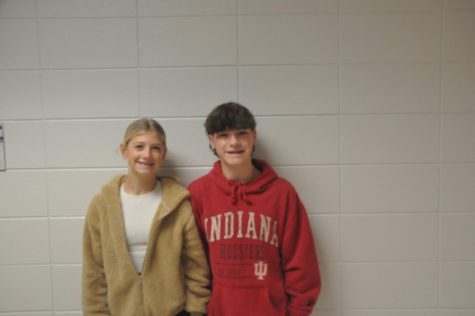
“We had prelims two weeks before state, and we got second to this team that is really good, and we needed a harder routine, so we changed it,” said Freshman Drake Russell, who is a base and one out of the two boys on the team.
Sophomore Annabelle Hontz, who is a flyer, commented on her experience as she recommended trying cheer out.
“Give it a shot. You really have nothing to lose when it comes to trying out. It’s difficult, but if you put in some effort, then you might make it on the team,” said Hontz.
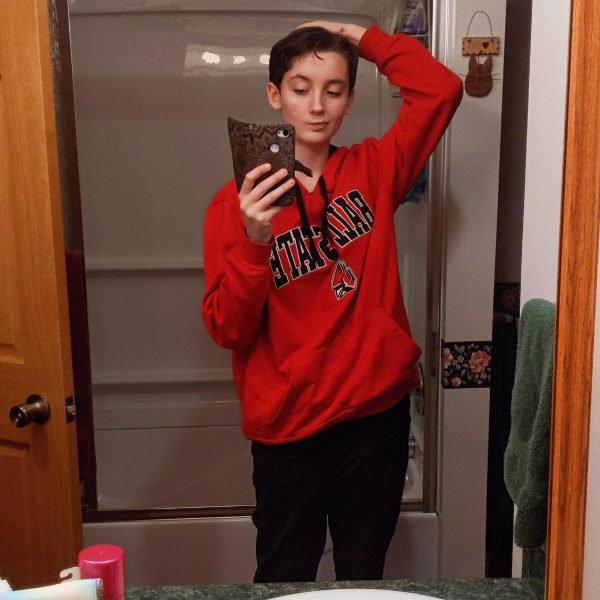
Hi, my name is Jack, and I'm a senior. I'm a writer on the Charger Online, a songwriter, and a person who's too fruity for homophobes to handle. I'm also...



